Every photographer has their favourite lenses. As a frequent traveller, we change up our systems regularly and we’ve found the best travel lens for each occasion.

When you’re setting off on a trip, you need to decide which camera gear to take with you. I always recommend travelling light, so you’ll need a great travel lens. But how to find the best lens for travel photography? Here’s my guide to the best lenses for travel, which factors are the most important to consider before you buy, plus some recommendations for specific lenses that work well for travel photography.
To save weight we recommend you take a mirrorless travel camera too. However, we have had a number of people ask about travelling with vintage cameras. So we made a list of our recommended best film cameras here. Please let us know if you need any more information in the comments below. Otherwise, here’s our break down of great travel lenses.
See also our Best Mirrorless Camera For Travel here.
What makes a great travel lens?
When you’re buying a travel lens, there are a lot of things you’ll need to think about, from size to weight, versatility, price and more. How much space will you have? How much weight do you want to carry around when you’re going to be out, walking around, all day? And will you take one lens or a combination of lenses with you?
See also our post on Travel Hacks here.
The camera system you use
It goes without saying that you’ll need to buy a lens that is compatible with the camera system that you already have. This narrows things down a bit, but that’s actually helpful as it makes it less overwhelming and easier to find what you actually need.

Size and weight of your travel lens
Lenses can be pretty heavy and some are bulky too. You’ll need to take this into consideration and look for a compact lens. Remember that you’ll that be carrying it around with you a lot at your destination and that your camera and accessories will take up some of your hand luggage space on flights, so you want to keep things to a minimum. See also our 7 Must Have Accessories here.
Lens speed
The speed of your lens – the aperture – makes a big difference, especially if you’re taking photos at night or in a gallery where you can’t use the flash. The aperture is shown by the number following the f, e.g. f/2.8 or f/3.5. It functions like the pupil of your eye, letting more light hit your image sensor on a dim evening than it would do on a bright sunny day. So the lower the number, the quicker you can shoot. The best travel lenses will have a relatively low aperture (meaning a fast shooting speed). If you’re still feeling confused about aperture and how it affects your photos, check out the explanation with handy visual guides here.
The Cost Factor when it comes to lenses
Most photographers recommend investing as much as possible into camera lenses because the difference in your photos will be striking. The lens you use can be even more important than the camera that you have in your image quality. I think this holds true, but there are great camera lenses you can find for under $500. Or if you’re on a budget, you could consider buying secondhand. If you can afford to splurge, go for a lens that combines versatility, a compact size, a lower aperture and a wide focal length range – this combination really does make for the best lens for travel photography.
Interested in renting lenses? See our post on how Borrow Lenses work.
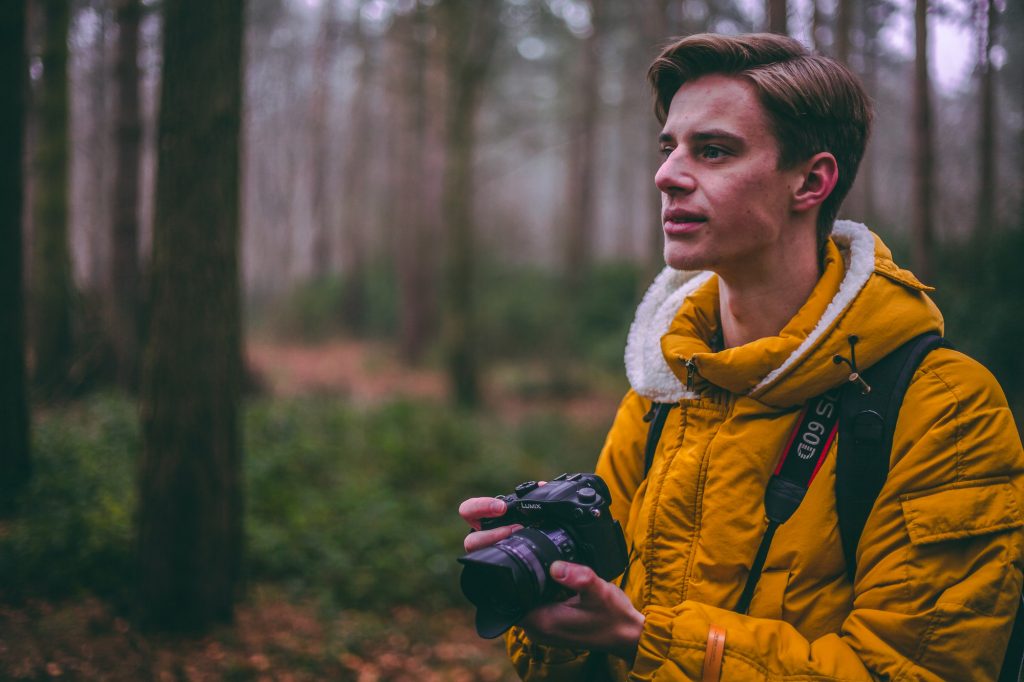
Your destination and the type of photos you’ll be taking
Another thing to think about is where you’re headed and what you’ll be photographing. If you’re headed on an African safari, you’ll need a lens capable of shooting at a distance so you might decide to go for a 300mm. But if you’re taking close-ups or street scenes, you’ll need something different again. So have a think about the kind of photos you’re likely to be taking most often during your trip so you can assess your specific needs and get a lens that fits them. Find out more about the best lens features for landscape photography or night photography by following the links.
How to choose one versatile travel lens that can do everything?
When I travel, I prefer to take just one really versatile lens with me, so that I can pack light and be spontaneous, rather than spending a lot of time fiddling about switching lenses over. So I need to think carefully about the kinds of photos that I will be taking most often. Will I be shooting lots of landscapes, panoramas and sunset shots? Do I want to be able to take photos at night or inside darker buildings like cathedrals and historic sites? All this is vital for making sure that I can capture the best photos during my trip.
If, like me, you’ve chosen to take just one lens with you, opt for one with a wide range of focal length. Now it is true that with a wider the range, you do give up a little quality compared to fixed focal length lenses like a 35mm. But with something like a 24-70mm lens or even an 18-135mm lens, you’ll still be able to create some stunning photos and it’ll be so much more practical and convenient for you.
If you’re feeling a bit overwhelmed by all the options and choices, here’s a great video with some tips on what is most important when choosing a camera lens for travel photography. You don’t have to opt for the exact lenses that Neasan McGuinness uses – his advice and experience is still useful! Now onto my specific recommendations for travel lenses.
The 6 Best Travel Lenses in 2024
The Best Micro 4/3 Travel Lens – The Panasonic Lumix 14-140mm f/3.5-5.6
The Panasonic Lumix 14-140mm really is the best travel lens for the Micro 4/3 camera system. With a wide focal length range and excellent Image Stabilization technology, you’ll be able to capture amazing shots.
Pros:
- Really versatile due to the wide range of 14-140mm
- Compact and lightweight
- Affordable price
- Good optical alignment and sharpness
- The stabilizer works really well
Cons:
- The optical quality is lower than some lenses
- The hood is slightly bulky
- Less durable as it’s made of plastic
- Not great for use in high-contrasting light
Best Micro 4/3 Zoom Lens – Olympus M.Zuiko 12-100mm F4 IS Pro
The Olympus 12-100mm f4 lens is the most versatile lens available for a micro 4/3 camera. In terms of a full frame comparison, it has a focal length from 24mm all the way to 200mm which covers all of the major focal lengths. In a package as small as this, how could you resist?
If you’re a travel photographer that shoots with a micro 4/3 system then this is an amazing lens. The Olympus is exceptionally sharp and with inbuilt stabilisation, you can handhold even in low light situations. They claim to have 7.5 stops of stabilization added. This means that you can more or less leave your tripod at home.
Pros:
- Really versatile due to the wide range of 14-100mm
- Inbuilt stabilization is second to none at 7.5 stops!
- Exceptional sharpness throughout the range
- Weather sealed for rain, snow and whatever else you can throw at it
- Extremely durable
Cons:
- The aperture is fairly low at f4 which means your shutter speed will be longer in low light
- Less bokeh than with brighter lenses
- More pricey (but it’s worth it)
The Best Fuji Travel Lens – Fujinon XF18-135mm R LM OIS WR
For Fuji cameras, I’d recommend the Fujinon XF18-135mm lens. It is really flexible as you can use it in many different scenarios, making it the perfect travel lens. Despite it having a slower aperture than some on this list, the Image Stabilization technology and the sharpness of the images make up for that.
Pros:
- Lightweight at just 1.08lbs
- The shooting range goes from 27mm wide-angle to 206mm telephoto equivalent
- You’ll be able to shoot all sorts of photos due to the wide range
- Superb Image Stabilization using the best technology available right now
- Waterproof and weather-resistant
- Well made and durable
- Excellent colors and contrast in photos
Cons:
- Not great for use in low light, especially the autofocus
- Lack of bokeh
- Aperture speed is fairly slow
- The lens cap can be knocked off easily
The Best Sony Travel Lens – Sony FE 24-70mm f/2.8 GM
A lot of travel photographers prefer lenses with a range of 24-70mm, and this Sony FE 24-70mm is one of the best out there. You will be able to create flawless photos.
Pros:
- Excellent optical quality
- The lens resists dust and moisture which is really useful when travelling
- Extremely quick focus
- Brilliant bokeh
- Creates superior, beautiful photos
Cons:
- This one comes with a heftier price tag at around $2000
- This lens is on the heavier side for a travel lens at 1.95lbs
- No stabilization
- Harder to focus manually
The Best Canon Travel Lens – Canon EF 24-70mm f/2.8L II
Another camera lens with the favoured 24-70mm focal length range, the Canon EF 24-70mm is a good choice for travel photography with any Canon camera system.
Pros:
- The aperture is great throughout the focal length
- Spectacular sharpness and colour rendition
- Canon offers 13 months of damage protection, free when you purchase this lens.
- Chromatic aberration is minimised
- You can achieve soft backgrounds thanks to the circular 9-blade diaphragm
- A must for travel lenses, it is water resistant, has dust sealing and fluorine coating on the lens surface to reduce smears, marks and fingerprints
- You’re almost guaranteed to take great photos in any situation with this lens
Cons:
- Again, on the expensive side at around $1800
- Some barrel distortion can occur at around 24mm
- Feels flimsier than you’d expect for the price
The Best Nikon Travel Lens – Nikon 24-70mm f/2.8G ED
The Nikon 24-70mm f/2.8G ED combines the best of camera technology to take clear, highest quality images across many different situations. Although it is on the heavier side for a travel lens, it’s definitely worth it in my opinion for the amazing images you’ll get. If you can afford it, go for it – it’s worth the investment.
Pros:
- Fast, constant aperture of f2.8, making it easier to take photos in low-light situations or create bokeh effects
- The Vibration Reduction is great for smoothing out any inconsistencies when you are shooting on the move or in low light
- Amazing clarity and sharpness for incomparable image quality
- Astoundingly versatile – you really won’t need any other lens with this Nikon 24-70mm beauty.
- Quick autofocus
Cons:
- If you’re on a budget, this is probably not for you at a pricey $2,300
- At 2.35lbs, some might prefer a lighter lens for travel

Frequently Asked Questions
What is the best lens for travel photography?
The best lens for travel photography depends on the type of travel you’re doing. Generally, if you’re travelling light then you want to just have one lens. For that lens you want it to be as versatile as possible. It needs to zoom from very wide to fairly telephoto. For this, we recommend either a standard zoom or a super zoom lens.
Is a 50mm lens good for travel?
A 50mm lens is good for travel if you are happy without having any zoom. All of your photos are going to be at the same focal length. Remember too, if you have a crop sensor camera a 50mm lens ends up having a focal length of around 85mm which is considered a portrait focal length. If you want to travel with one prime lens we recommend a 35mm (or equivalent) prime lens.
Is 35mm lens good for travel?
A 35mm lens is good for travel if you are happy without having any zoom. All of your photos are going to be at the same focal length. Remember too, if you have a crop sensor camera a 35mm lens ends up having a focal length of around 50mm. This is considered a standard focal length.
What is the most versatile lens?
The most versatile lens is either considered a standard zoom or a super zoom lens. A standard zoom lens generally has a focal length range between 24mm and 70mm with an aperture of f2.8. These can be expensive but are generally produce amazing, crisp images. Superzooms are generally cheaper and produce less sharp images. However, their zoom range can be from 25mm to 300mm with an aperture ranging from f3.5 to f5.6.
What is the best Nikon lens for travel photography?
The best Nikon lens for travel photography is either their standard zoom or their superzoom. The standard zoom lens has a focal length from 24mm to 70mm and an aperture of f2.8. Their superzoom lens has a focal length from 18-300mm and an aperture of f3.5-5.6.
What is the best lens for everyday use?
The best lens for everyday use is a standard zoom lens with a focal length of 24-70mm and an aperture of f2.8. If you are looking for a prime lens that is lighter to carry around then I recommend a 35mm prime with an aperture of f1.4.
Final Thoughts
If you’re on the search for the best travel lens, you won’t go wrong with any on this list. They combine the best in versatility, lens speed, weight, size and cost – making them handy and practical and ensuring you will take some breath-taking shots on your next trip! Because the lenses all work on different systems, I can’t recommend one over another, but trust me, I’ve searched high and low for the best lenses for travel and these are the ones that consistently come out on top.
Remember, you’re looking for a lens that will perform well in a wide range of situations, from landscape photography and panoramas to low-light and night photography and street shots. So a lens with a low aperture and a wide focal length is key. I’ve had loads of success with my own travel photos by following this formula. Have fun shopping for your new lens and taking some amazing shots with it! I hope you found this article helpful – feel free to drop me a comment or ask me any questions you might have!


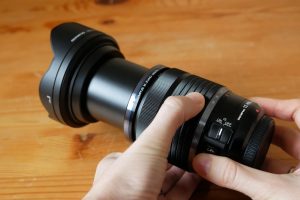
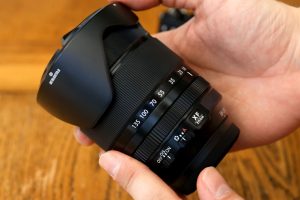

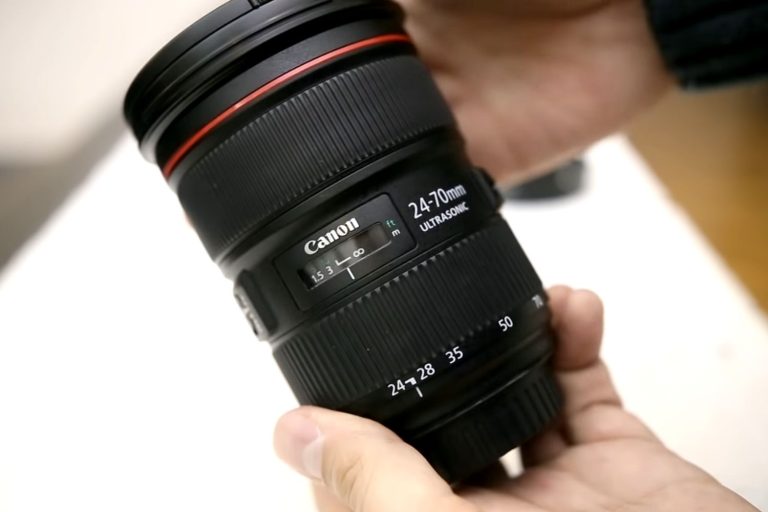


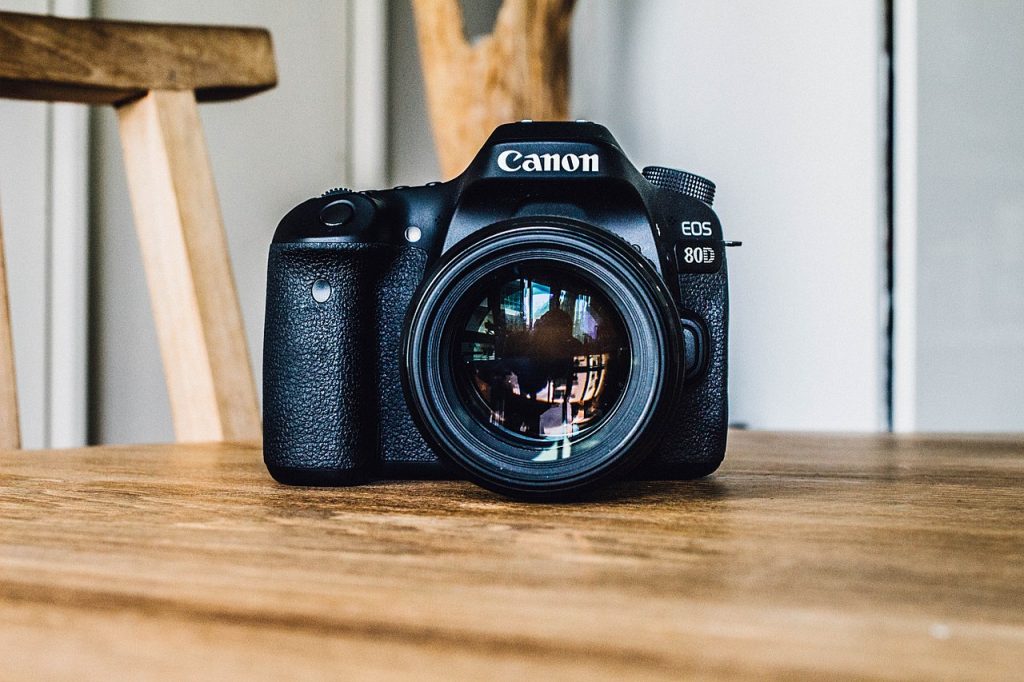

Hi Ben, I’m heading off on a three month trip to Eastern/Central Europe and the Balkans next month and having real trouble deciding which of my cameras to take… Or both. I have a Canon 450D DSLR camera (with the two kits lenses and a 50mm prime lens) and I also have the Olympus OM-D EM10 II mirrorless camera. I’ve traveled with each camera individually in the past, and while I like them both, I do prefer working with my Canon and I think it takes much nicer photos. I’ve also recently started shooting only (well, mostly) in manual and this has all been on my Canon.
I’m a hobbyist photographer only but pretty passionate about it. Am I crazy to consider taking both cameras?! Or is there some other in-between option I could consider?? I would really appreciate your thoughts on this 🙂
PS Hi from Napier!
Hey Caitlin!! Hope you’re doing well. Thanks for reaching out 🙂 Firstly, you’re not crazy at all for considering taking both cameras, but I wouldn’t personally. It tends to overcomplicate things. As you get more comfortable with the one system, you’ll start to take better pictures. Remember, it’s not the camera that takes the photos, it’s a combination of what’s behind the camera and what you put in front of it. I guess it depends on what lenses you have for the Olympus? Having a wide angle, a telephoto and a prime lens for night time is generally my rule of thumb when travelling. If you want any more advice feel free to drop me an email: mail @ culturedkiwi.com